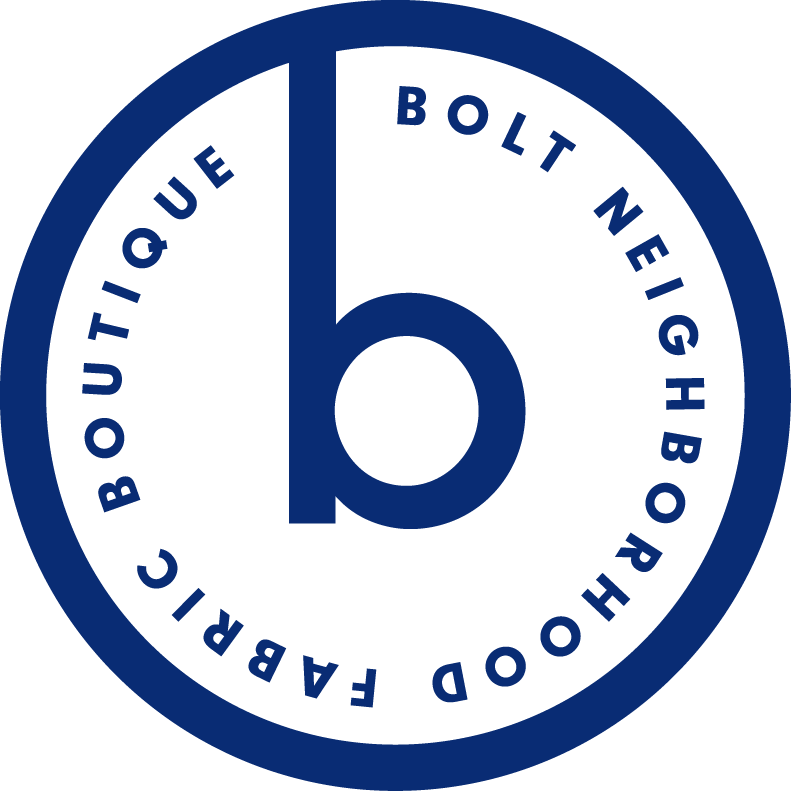Getting Started: A Line Quilt, Finally! Part 3
--Melissa
Now, we've got a quilt top finished and this is where loads of people (myself included) get stalled out. Don't get yourself down, though, this is something you can finish.
At this point you've hopefully procured a backing for your quilt. This can be a single piece of fabric wide enough and long enough to accommodate your top, or a pieced back. Buying fabric that is 54" or wider makes this very simple. I was able to get a piece of flannel just wide enough for the finished top-- you want your back to be a couple of inches wider and longer than your top.
Here's a nice overview of the pros and cons of piecing your quilt back, as well as this post showcasing different ways to arrive at the desired backing size. I usually have to piece the back, and it's a great way to use up stashed fabric or showcase large scale prints. If you're going to seam this quilt back, you'll need two pieces of fabric 1 3/8'-1 1/2' each. Square or true up each piece. Seam your pieces with selvedges together.
Elizabeth has a detailed explanation (along with pictures of a sweet quilt) of the entire Quilt Sandwich process here. I do essentially the same thing with a few variations:
First off, take your quilt backing and lay it right side down on your super clean floor. Stretch it flat and tape it to your floor (or use heavy books around the edges). Then, take your batting, (which might be a bit wrinkly) and smooth it down on top of your backing. Take your sheers and trim the batting so that it's slightly (an inch or less) smaller than your backing. Tape it down in several places. Finally, take your beautiful top and lay it down right side up on top of the batting.
You are going to have to get down on the floor and work to smooth everything out as best you can. Start in the middle and smooth your top out towards the edges of your batting and backing. You may have to readjust the tape or your heavy books.
Baste
In order to move to the next stage, quilting, you need to make sure everything is going to stay put. I prefer to use safety pins attached through all three layers every six inches or so. You may also use a needle and thread, making loooong stitches through all the layers and anchored off with knots at either end. I know that the blocks look a little bit wrinkled in these photos. They are mostly shadow creases that will not affect the finished project. If you've pressed everything really well, and you're still ending up with slightly creased fabric, don't worry!
QUILT
If you are new to quilting, I'm going to suggest you stick with a straight line approach, using your seams as a guide and making your quilt lines 2-3" apart. A walking foot is very, very helpful and cuts down on any kind of bunching (but it's not necessary). You may mark your quilt lines using a ruler and water soluble pen, tailors chalk, or masking tape. Roll your quilt up at each end like a scroll, with each roll meeting in the middle. Starting in the middle of your quilt, right side up, begin quilting along your marked line. Repeat. And repeat. And repeat. If you're having trouble, with tension or bunching increase your stitch length slightly and change your needle. You may also need to re-thread your bobbin.
I quilted this top using a walking foot and straight lines.
Binding
There are a lot of great binding tutorials floating around out there. I think this one by Heather Bailey does a great job of addressing the corners. I use a straight grain (selvedge to selvedge, not cut on the bias) binding pieced together with leftovers from the quilt. Sometimes at the end of a project like this, it's very tempting to just top stitch that binding down. I will tell you that even though it takes a little longer to hand sew that final bit down, IT IS WORTH IT.
It's time to throw it in the wash (cold, gentle) and then tumble dry your masterpiece. You did it. You made a quilt.





